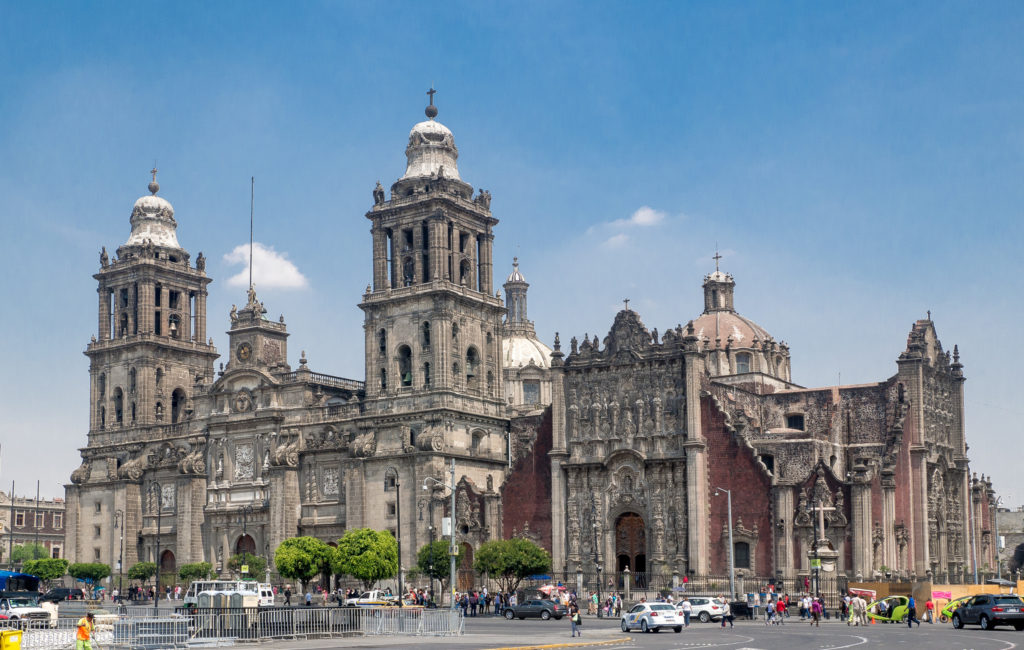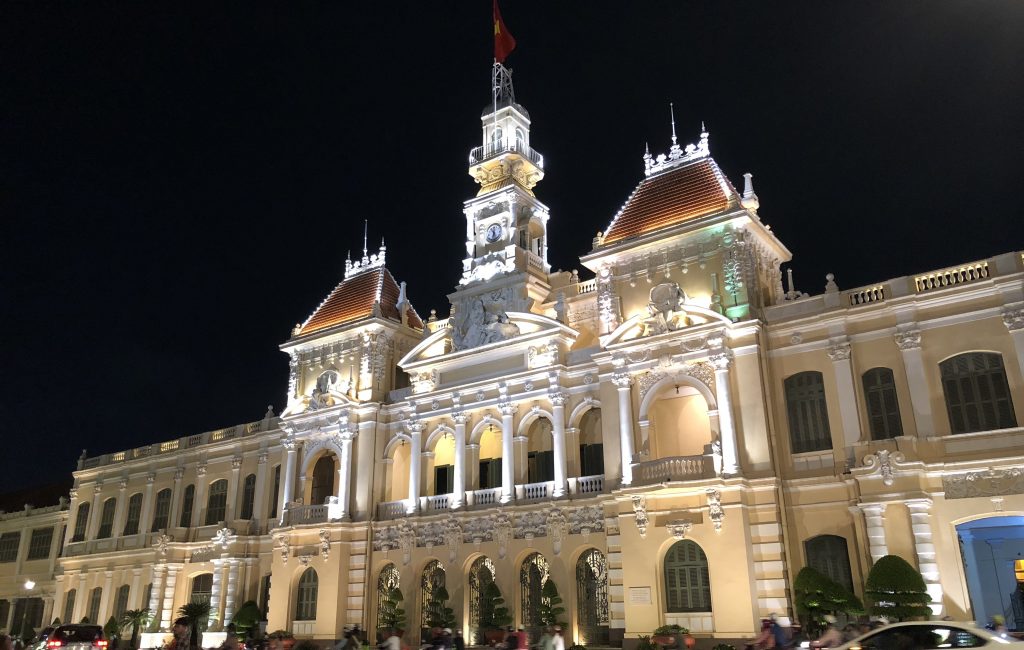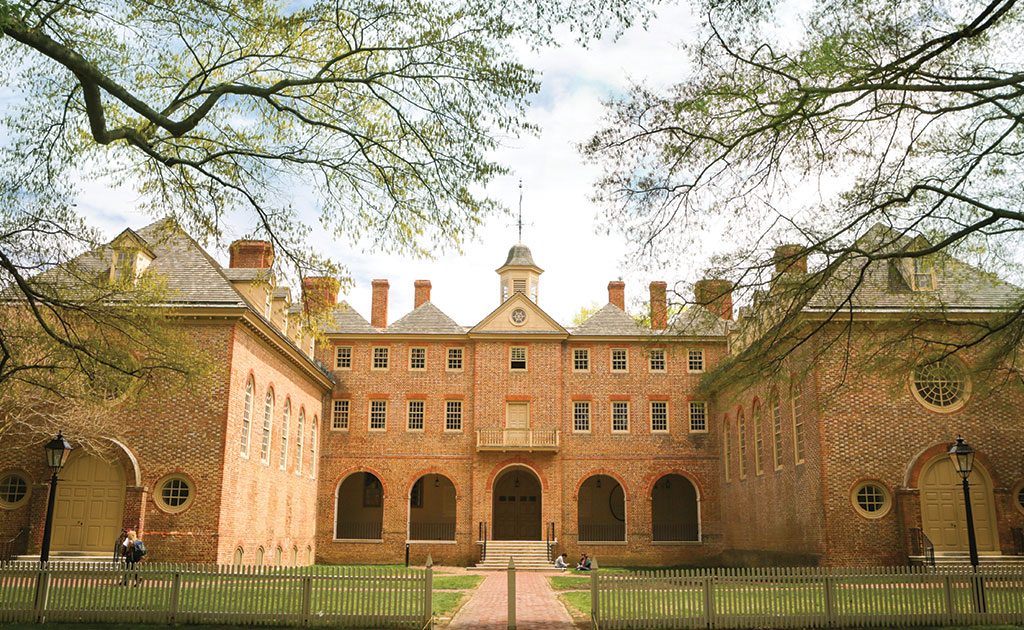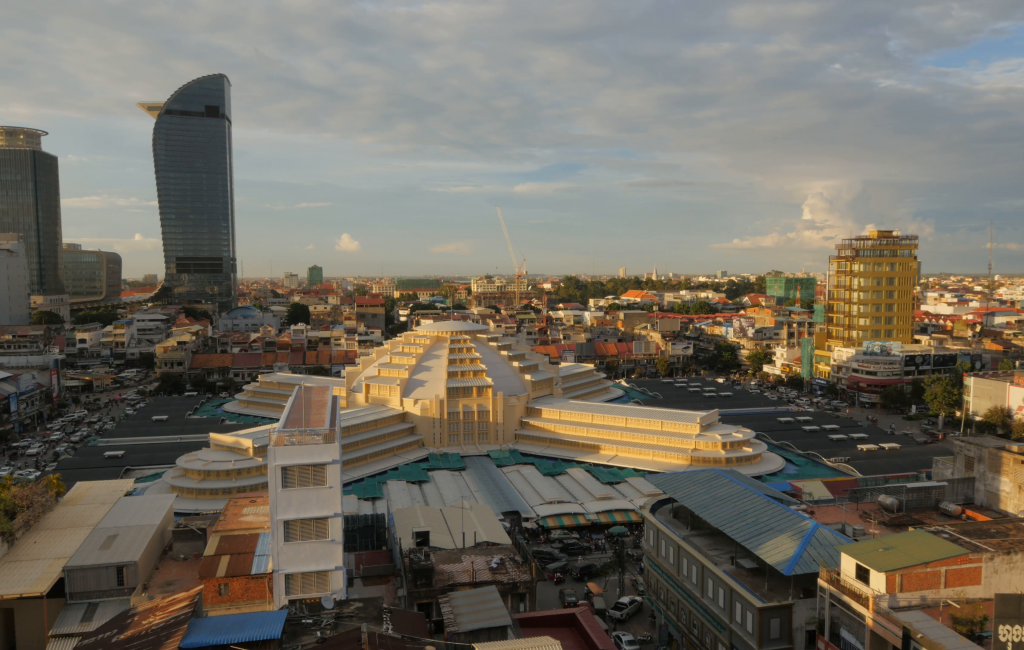
The FIFA World Cup brings together nations and people unlike any other event around the globe. During the month of June and July every four years, you might see an Australian and Peruvian or a Dane and a Brazilian enjoying their time together before or after a match. The tournament transcends race and culture, and people are united in celebrating the beautiful game.
Finally, the 2018 World Cup is upon us, taking place in Russia. Every country participating holds something special and unique to their culture, including architecture. I’ll be highlighting the best colonial structure from each of the 32 nations represented, and if the country does not have any, I’ll showcase the best historical and/or classical building.
Group F is the sixth in an eight part series, featuring structures from three different continents: Asia, Europe, and North America.
Germany – Reichstag, Berlin

Like many other countries, Germany has cathedrals and palaces that are much older, but the Reichstag, Germany’s parliament (Bundestag) building, could be the most important historical structure and holds a fascinating history of despair and triumph. After Germany unified 1871, the country needed a parliament building, and chose German architect Paul Wallot’s neo-Baroque design with the imposing classical facade and large dome for their government’s home. During WWII, the building took considerable damage and lay in disrepair until 1995, after the unification of East Germany and West Germany, that the structure was reconstructed to host the Bundestag once again.
Mexico – Mexico City Cathedral, Mexico City

If you want the full name of the cathedral, it’s the ‘Catedral Metropolitana de la Asunción de la Santísima Virgen María a los cielos,” or “Metropolitan Cathedral of the Assumption of the Most Blessed Virgin Mary Into Heavens.” I’ll stick with “Mexico City Metropolitan Cathedral.” Although, the longer name may be more appropriate with the sheer scale and grandness of this Baroque beauty. It’s easily one of the most important cathedrals in the Americas, maintaining its commanding presence for centuries and it being a center of Mexican culture and pride. Construction took place for well over 200 years, beginning in 1573 with the first stone supposedly laid by Conquistador Hernan Cortés, and completed in 1813.
Sweden – Stockholm Palace, Stockholm

The Stockholm Palace is the third consecutive Baroque structure in Group F. Construction began in the late 1600s when Charles XII proposed a new palace be built on the grounds of a burned castle, Tre Kronor, and finished in the 1760s. You won’t find the grandeur of other Baroque palaces, but it’s still a sight to behold with its size, intricacies, and ornateness. One of the most important historical structures in Sweden, the Palace is still central to the royal family today, as well as one of the most visited places in the country.
South Korea – Changdeokgung Palace, Seoul

There are some pieces of colonial architecture remaining in South Korea due to Japanese/Western influence, however, I believe Changdeokgung to be the most important piece of historical architecture in the country. The palace is one of five built by the mighty Joseon dynasty, this being constructed by King Seonjo, the fourteenth king in their 500 year rule. The palace burned down a few times due to fires and invasions from the Japanese and Mongols, but has remained largely intact since the early 1800s, making it one of the most well preserved historical structures in South Korea.
Latest posts by Doug Chesney (see all)
- 48 Hours in Ho Chi Minh City, Vietnam - November 9, 2018
- The Nine Colonial Colleges - October 3, 2018
- Top 10 Colonial Buildings in Phnom Penh - September 12, 2018



